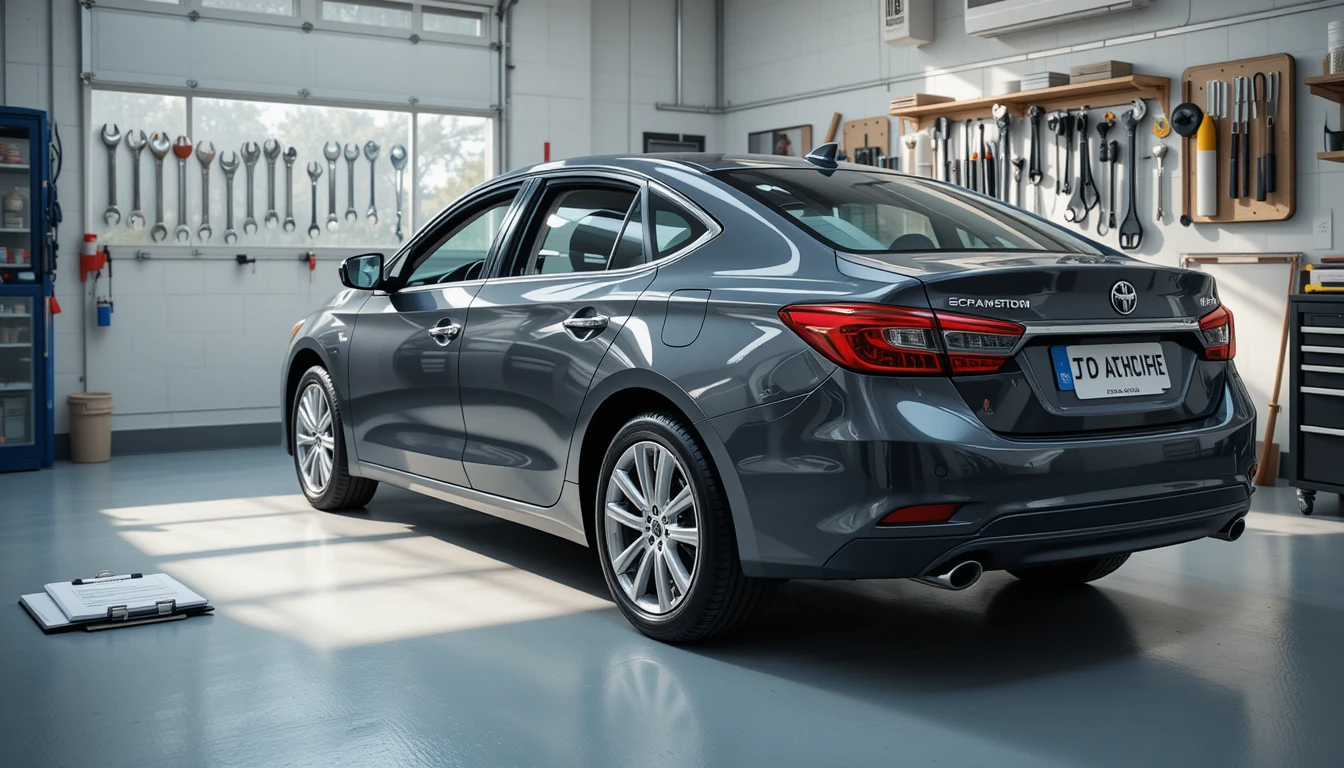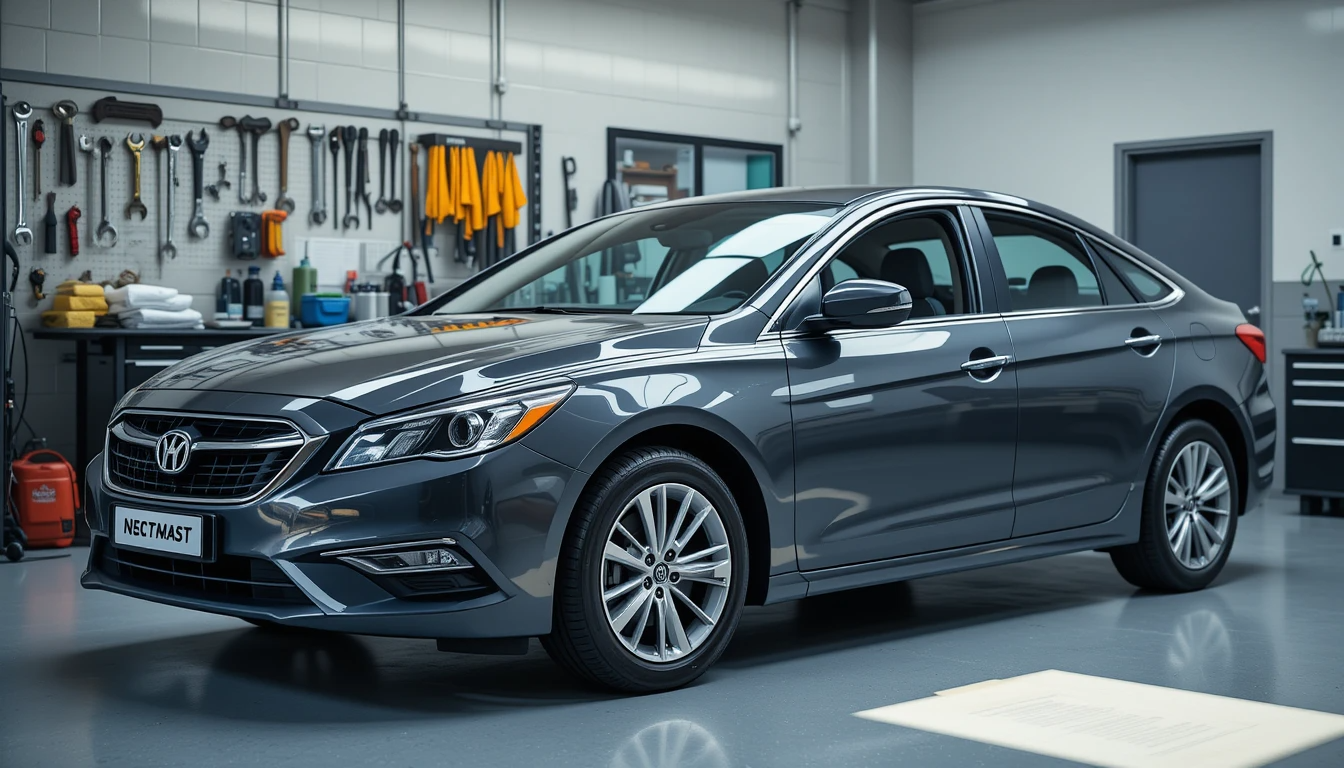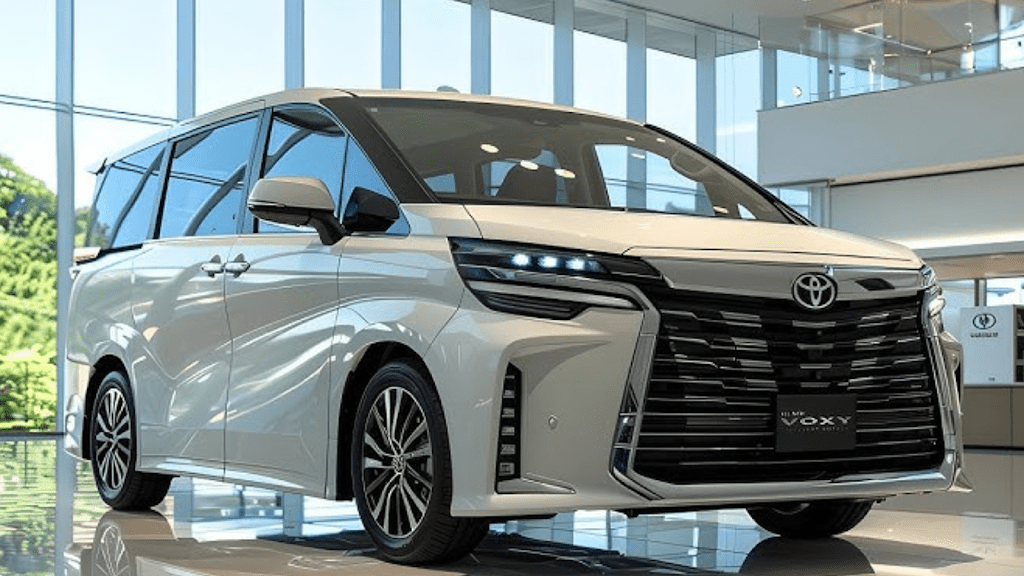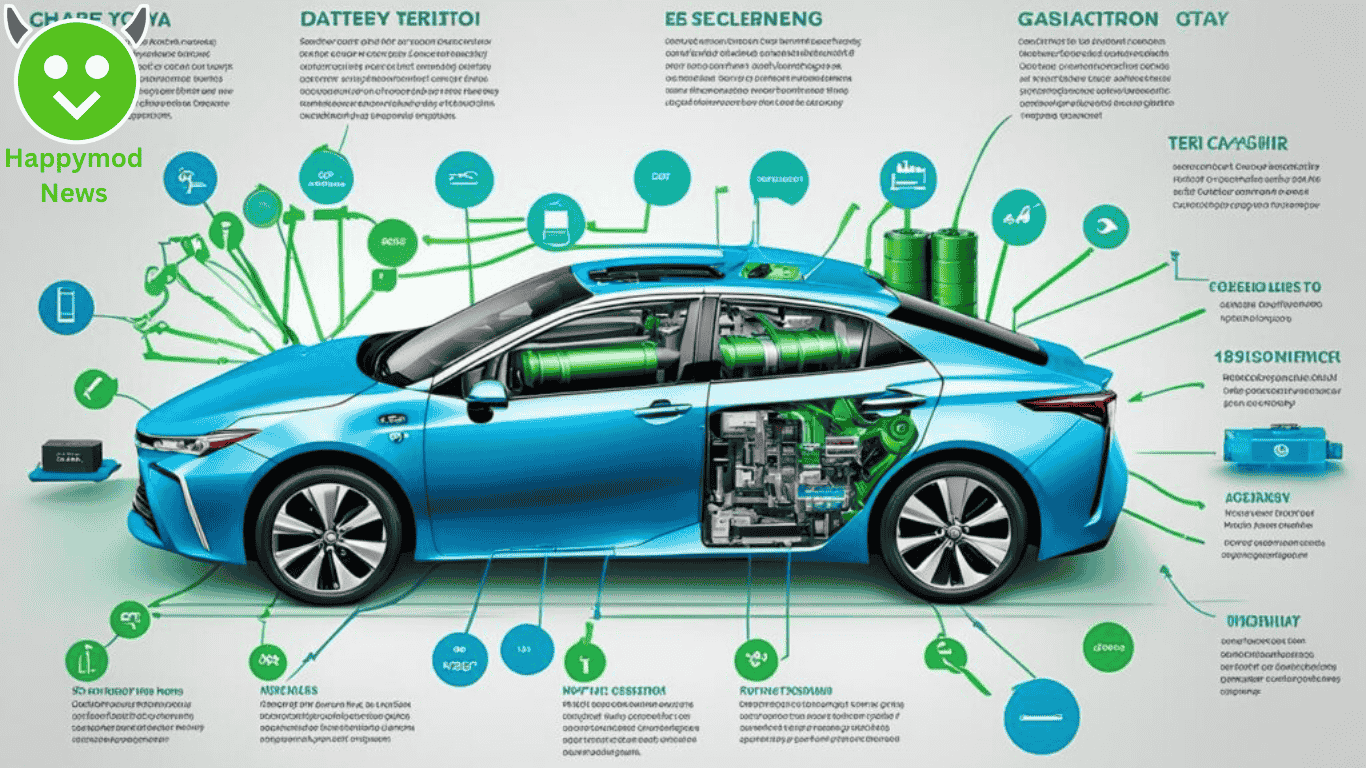When it comes to selling your car, your ultimate goal is to fetch the highest price possible. Many car owners underestimate how a little extra effort before putting the “For Sale” sign up can dramatically impact the resale value. Fortunately, increasing your car’s worth doesn’t necessarily mean investing a fortune. It’s all about smart, strategic improvements and preparations.
In this extremely detailed guide, you’ll discover step-by-step strategies to maximize your car’s resale value. Whether you’re planning a private sale, a dealer trade-in, or an online sale, this article provides actionable advice to help you command top dollar.
1. Understand the Market Thoroughly
Research Your Car’s Current Value
Before making any moves, it’s critical to know what your car is worth in today’s market. Reliable platforms like Kelley Blue Book (KBB), Edmunds, NADA Guides, and TrueCar offer free valuation tools. These platforms consider important factors such as:
- Year, Make, and Model
- Mileage
- Condition (Excellent, Good, Fair, Poor)
- Location (Market trends differ geographically)
- Features and Trim Level
Start by entering your car’s details into multiple sources to get a valuation range. This knowledge sets realistic expectations and serves as your foundation for strategic pricing.
Real-World Tip: Search for similar cars for sale in your region using Craigslist, Facebook Marketplace, Autotrader, and dealer websites. Take note of prices, vehicle conditions, and how long listings remain active. These insights help you position your car competitively.
Understand Buyer Profiles
Knowing who your potential buyer is can shape how you prepare and market your car. For example:
- Families prioritize safety, cleanliness, and maintenance.
- Younger buyers might value tech upgrades like Bluetooth and backup cameras.
- Enthusiasts care about performance modifications or original condition.
Tailor your sales approach to meet their expectations.

2. Prioritize Maintenance and Mechanical Integrity
Fix the Basics
Mechanically sound cars fetch higher prices and sell faster. Basic maintenance should never be overlooked. Ensure that:
- Brakes operate smoothly and quietly.
- Engine oil is fresh, without burnt smell or sludge.
- Transmission fluid is topped off and not discolored.
- Coolant, brake, and windshield washer fluids are filled.
- Belts and hoses are intact, not cracked.
- Battery terminals are clean; battery tests well.
- All exterior and interior lights function correctly.
Minor mechanical issues like squeaky brakes, worn tires, or a “check engine” light can knock hundreds off your sale price.
Schedule a Pre-Sale Mechanical Inspection
A mechanic’s inspection can provide a significant advantage. Not only does it help you catch and fix issues before buyers see them, but showing a clean inspection report reassures buyers of the car’s reliability.
- Cost: Typically $100-$200.
- Benefit: Potential to boost sale price by $500 to $2,000.
If major issues exist, you can choose to fix them or price accordingly with full disclosure.
Address Open Recalls
Using your car’s Vehicle Identification Number (VIN), check for open recalls via the National Highway Traffic Safety Administration (NHTSA) website or manufacturer sites. Repairs are free at authorized dealerships. A car free of outstanding recalls is more attractive to informed buyers.
3. Elevate the Exterior Presentation
Thorough Wash, Wax, and Paint Correction
Your car’s appearance makes the first impression — make it count.
- Deep wash using premium car soaps.
- Hand wax or professional ceramic coating.
- Polish out light scratches and swirl marks.
- Clean and dress tires and wheels.
- Wash the undercarriage to remove dirt and rust traces.
Tip: DIY detailing kits can achieve professional-level results for less than $100.
Repair Dents, Dings, and Scratches
Paintless dent repair (PDR) can remove small dents affordably ($75-$150 per panel). Minor scratch repair kits or professional touch-ups restore paint finish and visual appeal. Buyers may perceive minor flaws as larger issues — don’t give them that chance.
Replace Worn Exterior Components
Worn-out headlights, cracked mirrors, faded emblems, and chipped bumpers are small investments to replace but yield significant perception gains. Order OEM or high-quality aftermarket parts.
4. Transform the Interior to Like-New Condition
Complete Interior Detailing
- Vacuum: Remove all debris from carpets, mats, seats, and crevices.
- Shampoo: Steam-clean or shampoo carpets and cloth seats.
- Leather Care: Clean and condition leather seats and surfaces.
- Dashboard & Vents: Dust and polish all panels and vents.
- Windows: Use streak-free cleaners inside and outside.
- Odor Removal: Eliminate all smells, including smoke or pet odors. Professional ozone treatments can completely neutralize odors if needed.
Eliminate Personalization
Buyers want to envision their future, not see your past. Remove:
- Custom decals and bumper stickers.
- Personalized accessories (e.g., steering wheel covers).
- Aftermarket mods not adding value.
Neutrality sells.
Address Minor Repairs
Fix:
- Broken knobs, buttons, or switches.
- Malfunctioning locks or window motors.
- Torn or stained upholstery.
Small fixes prevent low-ball offers based on “condition.”
5. Gather All Documentation and Records
Compile Complete Maintenance Records
Well-documented maintenance history dramatically increases buyer confidence. Collect:
- Service receipts and invoices.
- Warranty documents.
- Tire, battery, brake, and major component replacement receipts.
- Recall and repair records.
Chronological maintenance logs add even more professionalism.
Prepare Legal Documents
- Vehicle Title (ensure it’s clean and in your name)
- Release of Lien Letter (if you financed and paid off the car)
- Current Registration
- State Inspection Certificate (if applicable)
- Emissions Certification (where required)
Missing paperwork often kills sales or delays transactions.
Purchase a Vehicle History Report
Spending $25-$40 on a CARFAX or AutoCheck report can be your secret weapon. Providing this upfront builds massive trust and speeds negotiations.
6. Strategic, High-ROI Upgrades
Essential Replacements
- Tires: If tread depth is below 4/32″, replace tires. (New tires offer ROI of 70%-80%.)
- Windshield Wipers: New blades cost $20-$50 but show buyers you care.
- Cabin and Engine Air Filters: Cheap and easy to replace.
- Bulbs: Replace any burnt-out bulbs, both interior and exterior.
Small upgrades signal that the car has been lovingly maintained.
Caution Against Over-Customization
Custom rims, loud exhausts, neon lights, and wild paint jobs alienate mainstream buyers. Keep your car as close to stock as possible unless modifications increase the desirability for a niche market (e.g., performance enthusiasts).
7. Master the Art of Presentation
Professional-Quality Photos
Photography sells cars! Invest time into high-quality photos by:
- Washing and waxing the car before shooting.
- Choosing a clean, uncluttered background.
- Shooting during the “golden hour” (early morning or late afternoon).
- Capturing multiple angles: front, rear, both sides, wheels, interior, engine bay, and odometer.
Tip: Use a real camera or the latest smartphone for crisp images.
Write an Attractive and Honest Description
Key points to mention:
- Mileage
- Maintenance history
- Accident-free status
- Upgrades or recent replacements
- Features (sunroof, heated seats, navigation, etc.)
- Non-smoker ownership
- Clean title
Honesty builds buyer trust and reduces negotiation friction.
8. Perfect Your Timing for Maximum Profits
Understand Seasonal Demand Trends
- Spring: Buyers flush with tax returns seek reliable rides.
- Summer: Road trip season demands SUVs, trucks, and convertibles.
- Fall: Pre-winter buyers want reliable, all-weather vehicles.
Avoid listing during winter holidays unless you’re targeting specific buyers with winter-ready vehicles.
Pay Attention to New Model Releases
When new models debut (typically fall for many brands), previous-year models depreciate faster. Sell before new releases flood the market.
9. Selling Methods: Choose Wisely
Private Sale
- Pros: Highest sale price
- Cons: Requires marketing, patience, and negotiation skills
Dealer Trade-In
- Pros: Fast, hassle-free, reduces sales tax on next purchase
- Cons: Lower offer than private sale
Online Instant Offers (CarMax, Carvana, Vroom)
- Pros: Convenient; no haggling
- Cons: Offer lower than private sale; instant but fixed quotes
Auctions (e.g., Bring a Trailer, Cars & Bids)
- Pros: Competitive bidding for specialty or rare vehicles
- Cons: Auction fees and uncertainty about final price
Tip:
Even if you prefer private sales, getting multiple dealer quotes gives you negotiation power.
10. Bonus Pro Tips for Special Cases
Older, High-Mileage Cars
- Emphasize maintenance over looks.
- Focus on recent repairs like timing belt, brakes, tires.
- Price competitively to move quickly.
Luxury Vehicles
- Detail meticulously; luxury buyers have high standards.
- Highlight technology features (adaptive cruise, premium sound).
- Provide complete service history, including specialist service.
Electric and Hybrid Cars
- Showcase battery condition (provide recent range stats).
- Include home charging cables.
- Mention lower cost of ownership (tax credits, fuel savings).

Conclusion: Your Road to Higher Resale Profits
Maximizing your car’s resale value boils down to three core principles: Preparation, Presentation, and Honesty.
A relatively small investment in time, effort, and sometimes money can lead to thousands of dollars more at sale. Remember, buyers are looking for a well-maintained, reliable vehicle they can trust. Every repair, polish, record, and good photograph you provide signals professionalism and care.
With these comprehensive strategies in hand, you are now equipped to confidently sell your car for the highest possible price.
Happy selling and enjoy the extra cash in your pocket!
1. How much can professional detailing increase my car’s resale value?
Professional detailing can boost your car’s perceived value by $500–$1,500, depending on the vehicle’s condition and market.
2. Should I repair minor scratches and dents before selling my car?
Yes. Fixing small imperfections often costs less than the value buyers mentally deduct for visible damage.
3. How important is having complete maintenance records?
Extremely important. Well-documented maintenance can boost buyer confidence and justify a higher asking price.
4. Is it worth replacing tires before selling?
If tread depth is low (below 4/32”), replacing tires is recommended and often yields a strong return on investment.
5. Does a clean vehicle history report increase resale value?
Yes. Providing a clean CARFAX or AutoCheck report can help you sell faster and closer to your asking price.
6. How much should I invest in repairs before selling?
Aim to fix affordable issues that would scare buyers (like brakes, lights, minor leaks). Major repairs should be assessed case-by-case.
7. Can upgrading technology (like adding a backup camera) increase my car’s value?
In some cases, yes — especially if the upgrade meets common buyer expectations without looking aftermarket.
8. Should I sell my car privately or trade it in?
Private sales usually yield more money, but take longer and require effort. Trade-ins are faster but offer less cash.
9. How can I make my car look newer without spending much?
DIY detailing, touch-up paint, dressing tires, and replacing inexpensive worn parts can create a like-new appearance.
10. Do odors like cigarette smoke hurt resale value?
Yes — significantly. Smoke or pet odors can lower resale value by hundreds or even thousands of dollars.
11. Is it better to sell my car in spring or winter?
Spring and early summer are usually the best times, as buyers are more active and tax refunds boost spending.
12. How much does mileage affect my car’s resale value?
Mileage is a key factor. Lower mileage typically means a higher value, but consistent maintenance can offset higher miles.
13. What should I remove from my car before showing it to buyers?
All personal items, bumper stickers, custom modifications (if possible), and anything that doesn’t enhance resale appeal.
14. Is professional photography really necessary?
Good photos are crucial — they create the first impression online and can dramatically increase buyer interest.
15. How should I price my car competitively?
Check online listings for similar vehicles in your area and consider offering yours slightly lower if you want a quicker sale.
16. Will small mechanical problems ruin my chances of selling?
They can. Even small warning lights or noises make buyers nervous and lead to lower offers or deal cancellations.
17. Should I advertise that the car has new parts like brakes or a battery?
Absolutely. Highlighting new, expensive components reassures buyers they won’t face immediate maintenance costs.
18. How important is the first impression when showing the car?
Critical. A sparkling clean, fresh-smelling car immediately puts buyers at ease and makes them more willing to pay full price.
19. Can over-customization hurt resale value?
Yes. Too many personal mods (like flashy rims, loud exhausts) narrow your buyer pool and can decrease value.
20. Is a pre-sale mechanical inspection worth the cost?
For most sellers, yes. Showing an inspection report removes doubts for buyers and often leads to quicker, stronger offers.




![The Cheapest Car Insurance Companies in the USA [2025 Edition]](https://happymod.fun/wp-content/uploads/2025/04/piclumen-1745169121216-110x85.png)












![The Cheapest Car Insurance Companies in the USA [2025 Edition]](https://happymod.fun/wp-content/uploads/2025/04/piclumen-1745169121216-540x400.png)